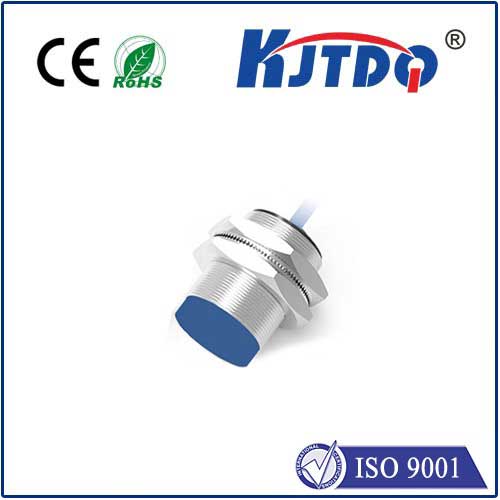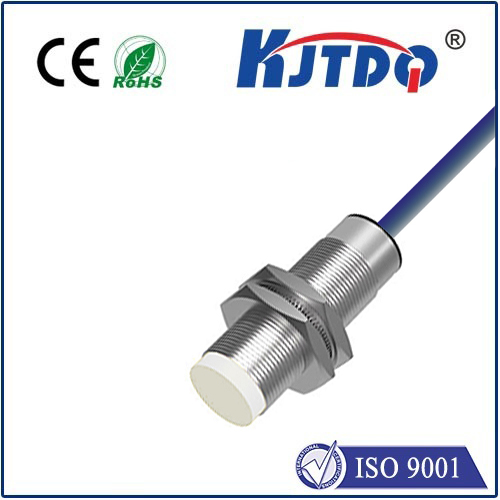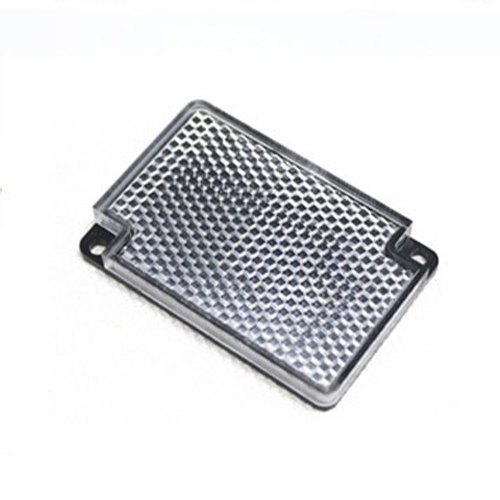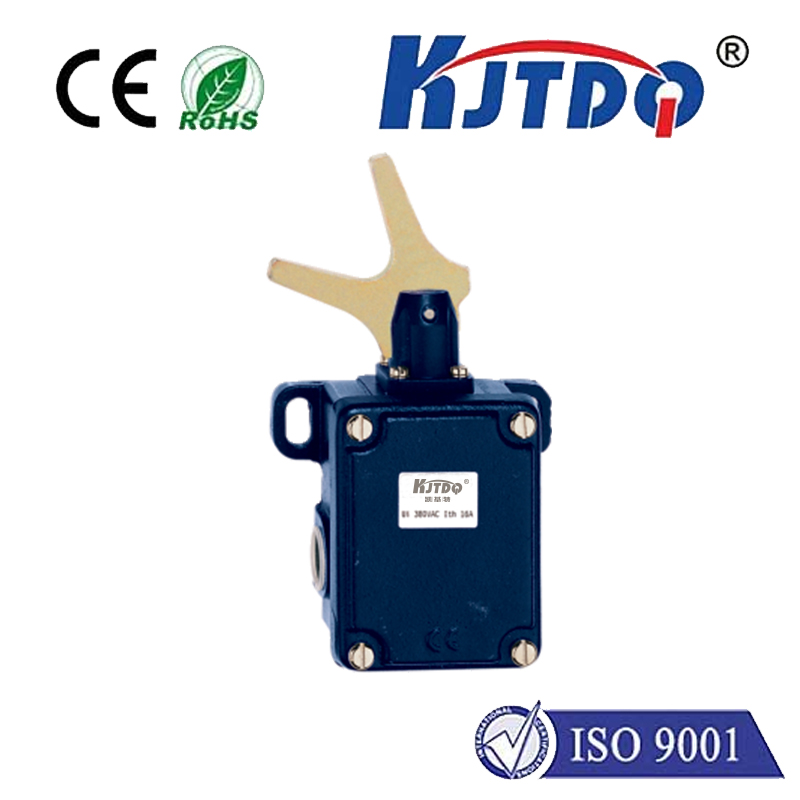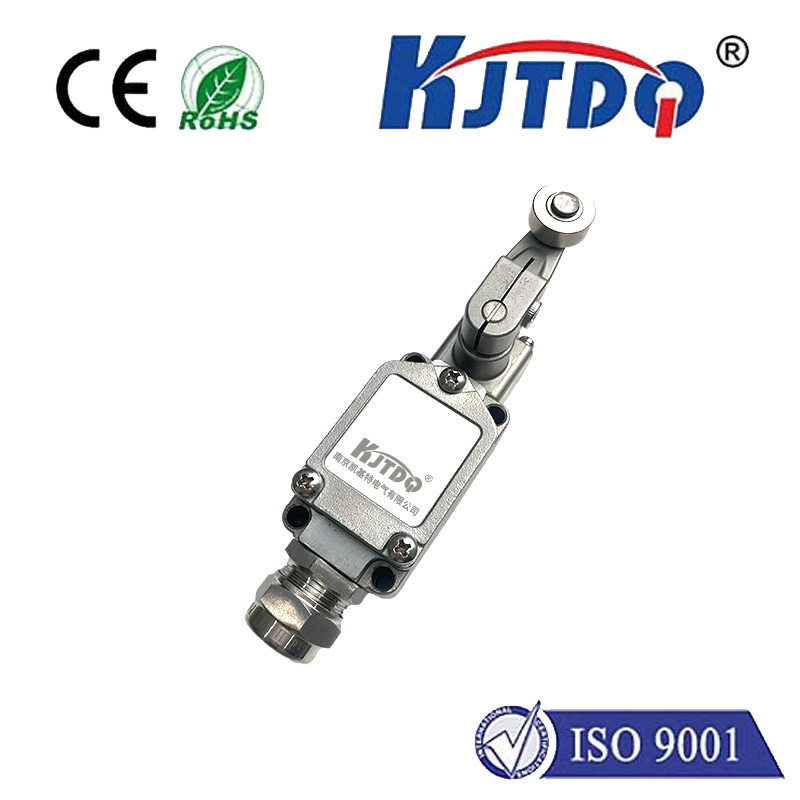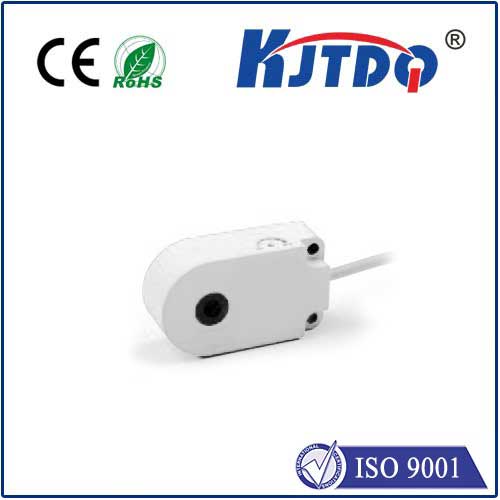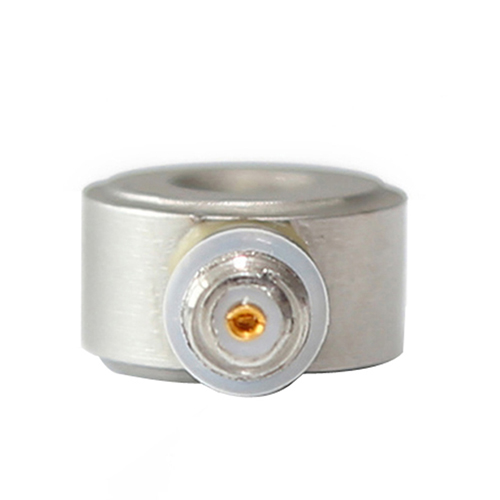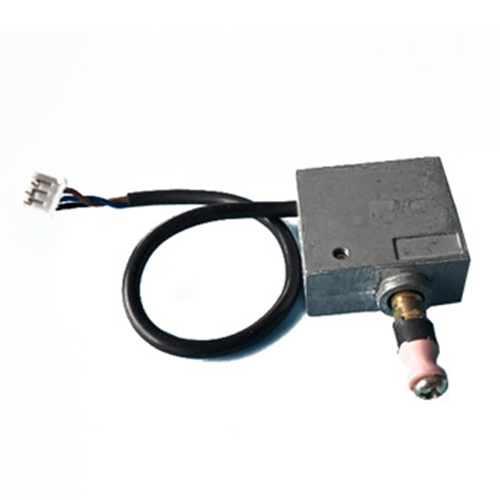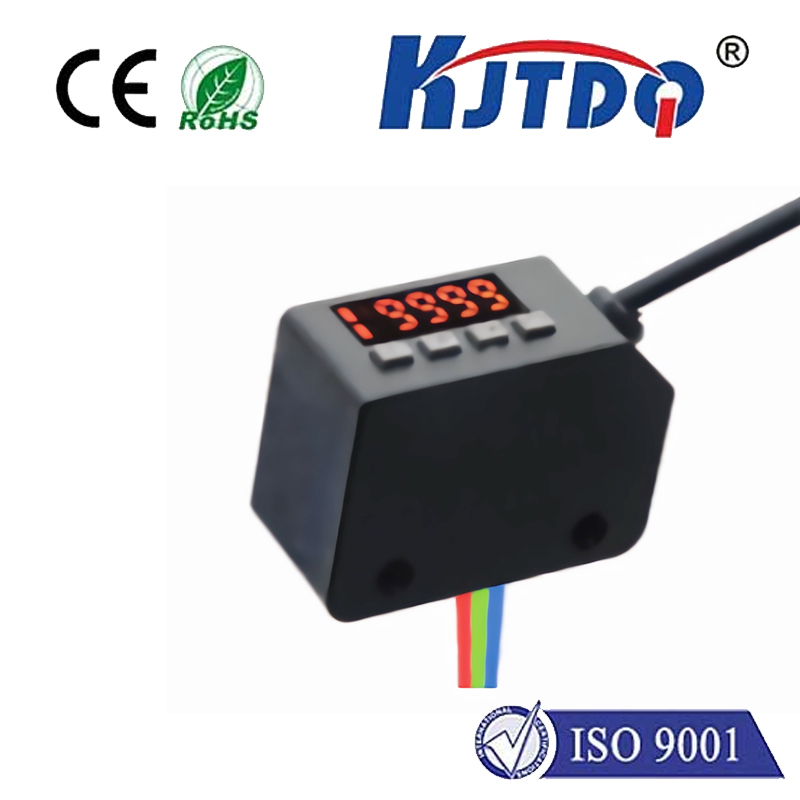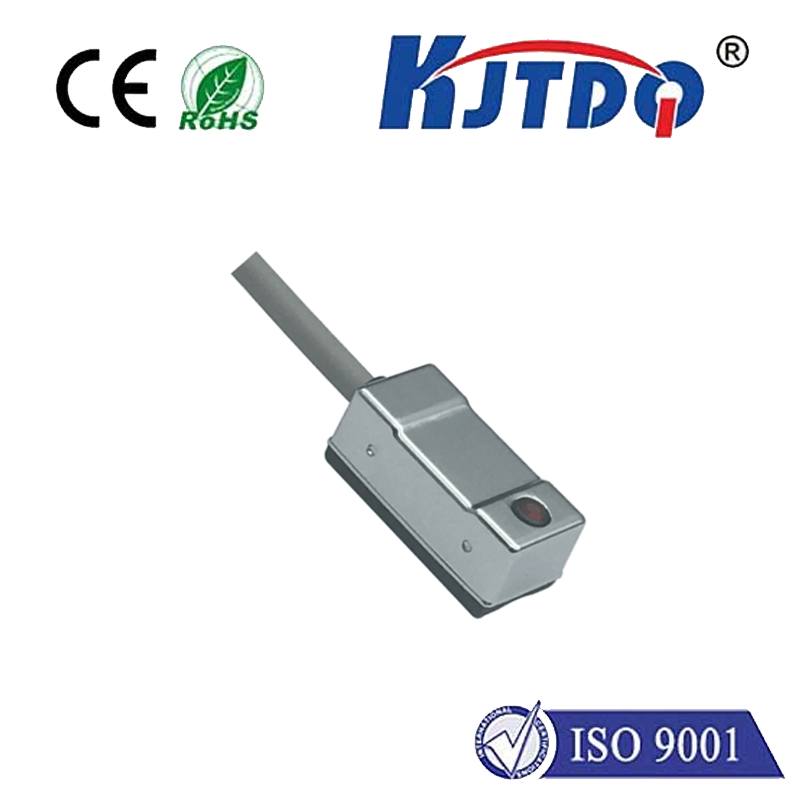

check

check

check

check
Picture this: in a bustling factory, robotic arms glide with precision, assembling parts without a single misstep—all thanks to tiny, unsung heroes that detect nearby metal objects effortlessly. These are 5V inductive proximity sensors, a cornerstone of automation that transforms industries by enabling reliable, contact-free operations. As demand for smarter manufacturing soars, understanding these sensors isn’t just essential; it’s a game-changer for engineers and system designers aiming to boost productivity while cutting costs. This comprehensive guide dives deep into their workings, applications, and why they’re indispensable in today’s fast-paced world.
First, what exactly is a 5V inductive proximity sensor? At its core, it’s an electromagnetic device designed to detect the presence of metal targets without physical contact. The “inductive” part refers to how it relies on magnetic fields—think of it as a silent sentinel. When powered by a 5V DC supply, it generates an oscillating electromagnetic field around its sensing face. This low voltage level is key; it ensures compatibility with a wide range of microcontrollers, PLCs (Programmable Logic Controllers), and industrial circuits, making setup straightforward and energy-efficient. Unlike optical sensors that can falter in dirty environments, these units excel in settings with dust, oil, or vibration, offering robust, long-term performance. For instance, in automotive assembly lines, they trigger actions only when a metallic component approaches, reducing errors and downtime. Such non-contact detection eliminates wear and tear, slashing maintenance needs and prolonging equipment life.

Now, let’s unravel how these sensors work. They operate on the principle of electromagnetic induction. Inside each sensor, a coil energizes when powered, creating a magnetic field. When a metal object enters this field, it induces eddy currents—tiny electrical loops—that disrupt the field. This change is detected by the sensor’s circuitry, which then outputs a clean switching signal. This signal typically toggles between on and off states, acting as a digital trigger for controllers. The 5V specification is critical here; it provides a stable, low-power operation that interfaces seamlessly with devices like Arduino or Raspberry Pi, minimizing the risk of voltage spikes. Imagine installing one on a conveyor belt: as a metallic part passes by, the sensor sends an instant alert to halt or start machinery, ensuring flawless coordination. This reliability is why industries favor them over mechanical switches, which can jam or degrade under stress.
Key features set 5V inductive proximity sensors apart in the competitive landscape of proximity detection. One standout is their sensing range, usually capped at a few millimeters for precision. Models vary—some detect objects as close as 0.8mm, ideal for intricate tasks like packaging or sorting small components. Another crucial aspect is their output type; common versions include PNP (positive switching) or NPN (negative switching), each tailored to different circuit designs. The 5V power rating brings added versatility, allowing easy integration into IoT systems or portable gadgets without bulky power supplies. Plus, they boast environmental resilience: IP67-rated units resist water and dust ingress, perfect for harsh factory floors. When selecting one, consider factors like target material (ferrous metals like iron work best) and mounting style—flush or non-flush—to optimize performance. For example, in robotics, a flush-mounted sensor can be embedded neatly into equipment, providing unobtrusive metal detection that enhances safety without occupying space.
The applications of these sensors span a vast array of industries, driving efficiency and innovation. In manufacturing, they’re pivotal in assembly lines for quality control—detecting misaligned parts or confirming placements before moving to the next stage. The food and beverage sector leverages them for packaging, where hygiene is paramount; since there’s no physical touch, they avoid contamination risks. Beyond industrial uses, they’re found in automotive safety systems, like anti-collision mechanisms that sense nearby vehicles. Even in consumer electronics, they enable features such as battery-saving proximity detection in smartphones. This broad utility stems from their non-contact nature, which cuts operational costs. Case in point: a study by automation leaders shows that factories using these sensors report up to 30% fewer stoppages, translating to major savings. Their 5V compatibility also makes them accessible for DIY projects, like hobbyist robots, where low-voltage power sources prevail.
Advantages of 5V inductive proximity sensors can’t be overstated. They offer exceptional reliability in noisy settings where other sensors fail, thanks to immunity to environmental interference. Durability is another plus; with no moving parts, they endure millions of cycles without degradation. Energy-wise, the 5V requirement consumes minimal power, supporting green initiatives—think reduced carbon footprints in automated warehouses. Crucially, they provide fast response times, often under 1 millisecond, ensuring real-time feedback that prevents costly errors. Compared to capacitive or ultrasonic sensors, inductives excel in metal-only detection, avoiding false triggers from non-metallic objects. This makes them a cost-effective choice; installing one is often cheaper than alternatives, with quick ROI through lower failures. In essence, they embody efficiency: small, silent, and powerful.
To implement these sensors effectively, follow best practices. Always calibrate them for optimal sensing distance during installation, and test with actual target materials to confirm accuracy. Pair them with shielded cables to reduce electrical noise, especially in high-traffic zones. For troubleshooting, common issues like erratic outputs often stem from incorrect wiring—ensure the 5V source is stable and connections are secure. Embracing these tips harnesses their full potential, turning routine operations into streamlined successes. As automation evolves, these sensors remain vital tools, empowering systems to run smoother, safer, and smarter.
